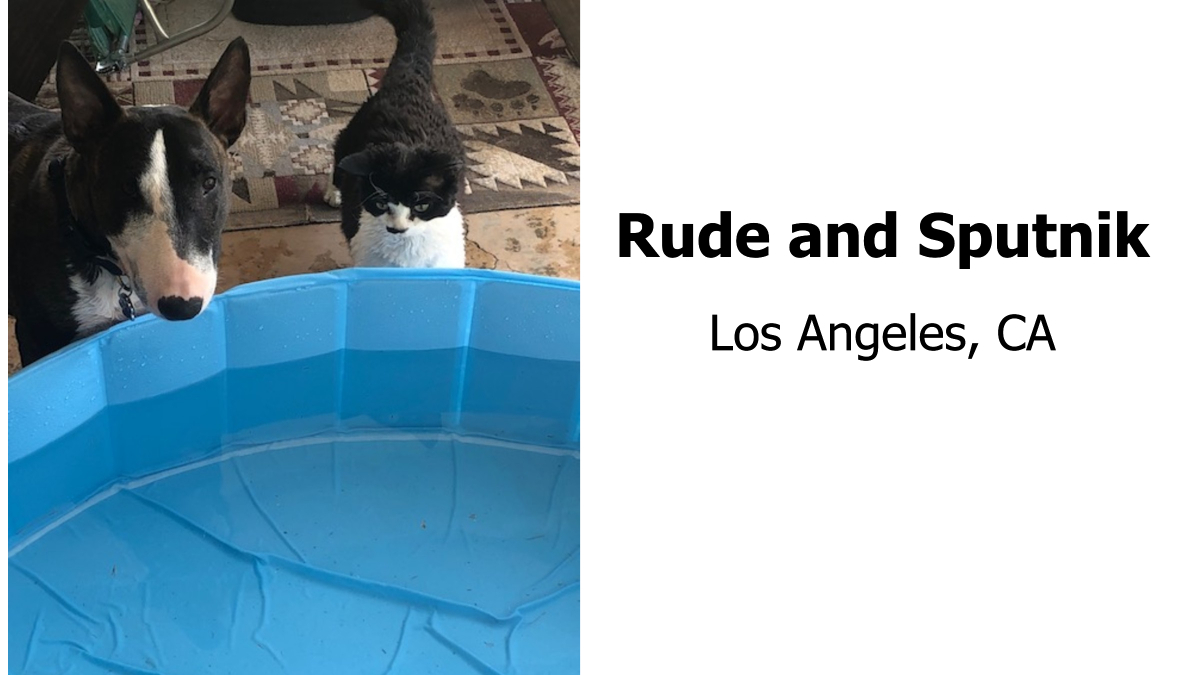An Appeals Court in California has ruled a lawsuit against prescription pet foods “deceptive practice” will continue. This is a Big Win for pet owners.
The California District Court dismissed the lawsuit in July 2017, but in July 2020 the California Appeals Court ruled “the district court erred in dismissing” this important lawsuit. An excerpt from the Appeals Court ruling:
“The panel concluded that under the reasonable consumer test, plaintiffs sufficiently alleged that the sale of the prescription pet food exclusively through vets or with veterinarian approval was a deceptive practice. In addition, plaintiffs satisfied the heightened pleading standard for fraud because they alleged sufficient facts to show that prescription pet food and other pet food were not materially different.”
Some interesting background to prescription pet foods, evidence to FDA ignoring their own guidance documents, and evidence of prescription pet food manufacturers ignoring FDA guidance was included in the Appeals Court Ruling:
“The market for prescription pet food had a slow roll-out. Hill’s began selling its “Prescription Diet” pet food in the 1960s through vets and, in the late 1980s, began supplying vets with prescription pads as part of its marketing effort. In 2004, when Hill’s became a significant player in the prescription pet food market, Mars introduced its own line of prescription pet food. At an unspecified time prior to 2012, Purina entered the prescription pet food market. Mars, Purina and Hill’s (collectively “Defendant Manufacturers”) have over 90 percent share of the U.S. prescription pet food market.
In September 2012, the U.S. Food & Drug Administration (“FDA”) published for comment a Draft Compliance Policy Guide (“Draft CPG”). In the Draft CPG, the FDA noted that there has been an increase in the number of pet food products labeled as intended for use in the diagnosis, cure, mitigation, treatment or prevention of disease, as well as a shift in marketing toward pet owners directly. The agency expressed concerns that animal health may suffer from consumption of these products because they “affect physiological processes to extents that may not be tolerated by all animals and/or may not achieve effective treatment.” The FDA was, however, “less concerned when such dog and cat food products are marketed only through and used under the direction of a licensed veterinarian because the agency presume[d] the veterinarian will provide direction to the pet owner.” The FDA then proposed a set of nine factors it would consider in determining whether to initiate enforcement action against pet food products.
At that time, in late-2012, Defendant Manufacturers’ products violated three of the factors in the Draft CPG. First, their prescription pet food included indications of disease claims on the labels. Second, the distribution of promotional materials with disease claims were not limited to veterinary professionals. Third, they electronically disseminated promotional materials with disease claims to consumers on the internet. The FDA adopted a final Compliance Policy Guide (“Final CPG”) in April 2016, in substantially the same form as the Draft CPG, although it added two more conditions that could lead to enforcement action. Defendant Manufacturers did not change their behavior despite violating the same three conditions of the Final CPG. The FDA has not, however, taken any enforcement action against Defendant Manufacturers.”
In other words, Mars Petcare, Purina, and Hill’s defiantly ignored the FDA compliance policy guidance on prescription pet foods and FDA sat back, did nothing – allowing prescription pet foods to violate guidance and mislead consumers.
Personal Opinion: The above examples why pet owners need these lawsuits to prevail. With regulatory authorities ignoring violations of policies and manufacturers ignoring laws and policies – lawyers are our ONLY regulatory authority in pet food.
Click Here to read the full decision of the Appeals Court.
Wishing you and your pet(s) the best,
Susan Thixton
Pet Food Safety Advocate
TruthaboutPetFood.com
Association for Truth in Pet Food

Become a member of our pet food consumer Association. Association for Truth in Pet Food is a a stakeholder organization representing the voice of pet food consumers at AAFCO and with FDA. Your membership helps representatives attend meetings and voice consumer concerns with regulatory authorities. Click Here to learn more.
What’s in Your Pet’s Food?
Is your dog or cat eating risk ingredients? Chinese imports? Petsumer Report tells the ‘rest of the story’ on over 5,000 cat foods, dog foods, and pet treats. 30 Day Satisfaction Guarantee. www.PetsumerReport.com
Find Healthy Pet Foods in Your Area Click Here

The 2020 List
Susan’s List of trusted pet foods. Click Here to learn more.



































Pat Williams
July 30, 2020 at 12:07 pm
Check the ingredients labels on the “prescription” food, and it is evident the lack of quality ingredients and the inclusion of “feed” quality ingredients. The labels usually state “for intermittent feeding only” thus proving the manufacturers are aware of the poor quality. As far as I’m concerned, the veterinarians should be held accountable because they’re as much at fault as the manufacturers since they sell case after case of the food to the same clients just to make money and not caring about the lack of nourishment in the food for the pets who are consuming it.
Frank Clements
July 30, 2020 at 1:09 pm
This is exactly what most pet owners have suspected for years. This isn’t about just prescription foods either. I and many per owners have little confidence in any pet food.
Lisa Rizzo
July 31, 2020 at 2:22 pm
Does the lawsuit include “Royal Canine Gastrointestinal” Vet prescribed food? Thank you.
Susan Thixton
July 31, 2020 at 3:24 pm
You’ll probably need to contact the law firm to discover if that food is included. The way I understand the lawsuit is – it is regarding all prescription pet foods, not particular Rx products.
A Wellington
February 4, 2022 at 10:13 am
I’m so glad I found this article. We, my cat and I, thank you very much for this information.